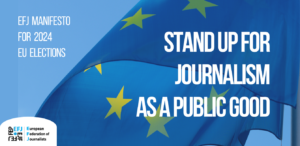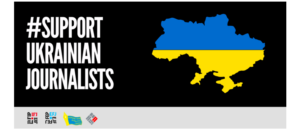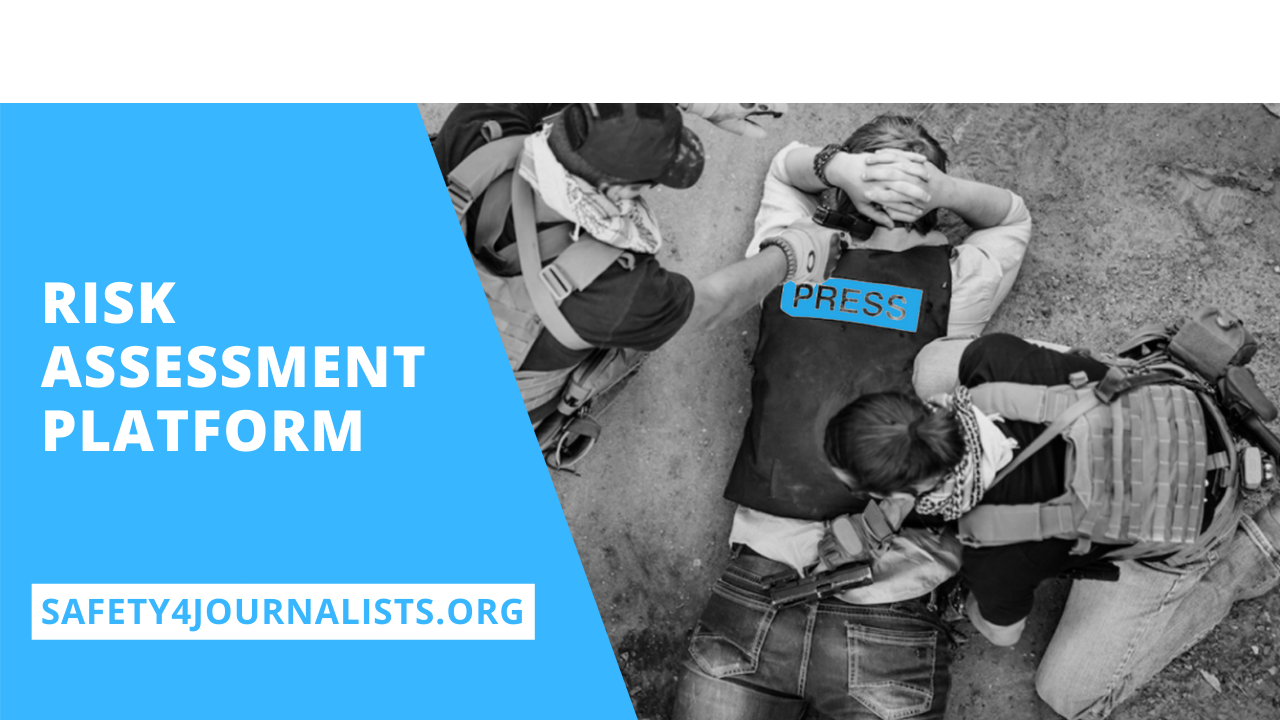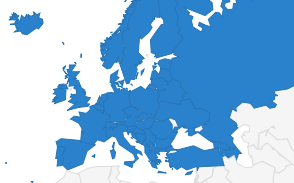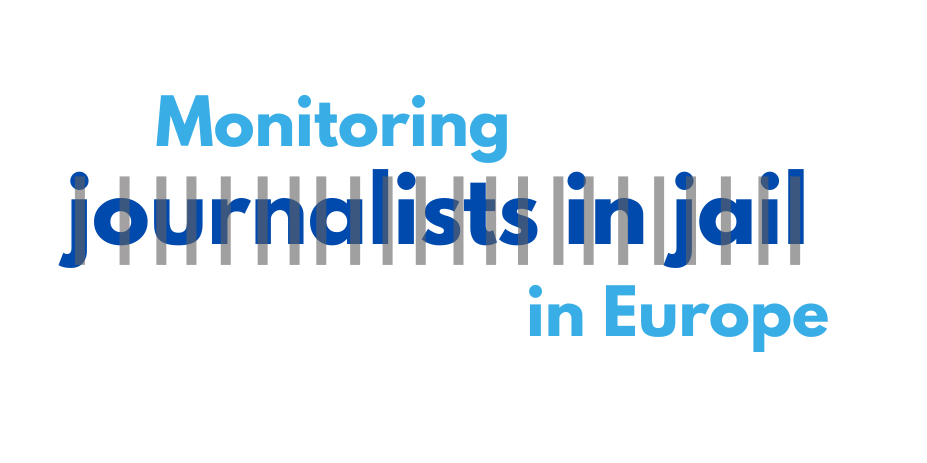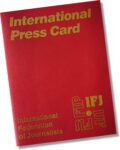Ireland: Local and independent newspaper fights for underserved communities
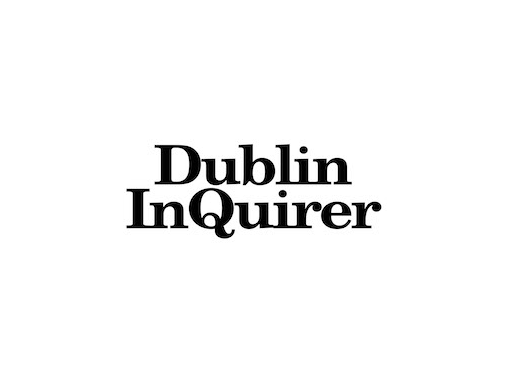
Dublin county is one of the smallest in Ireland but by far the most populated, given the capital city sits there. While the centre is bustling with activity and news, just 20km north risks getting left behind. Local newspaper Dublin Inquirer is hoping to fill this gap by expanding its innovative business model to the region of Fingal county.
Towards the end of last year, one of the largest media companies in Ireland shut its edition covering Fingal in the north of Dublin. The Dublin Inquirer, a local and independent newspaper, is hoping to fill this gap by expanding their coverage from the well-served Dublin centre to communities in Fingal.
Their raison d’etre is to publish slower and reporting-heavy local journalism. Under the LocalMedia4Democracy (LM4D) project, they plan to export their work to Fingal. “There is still some news there, so it’s not completely a news desert, but this is not consistent local news,” explains Lois Kapila, editor and director of Dublin Inquirer.
In a preliminary study launched earlier this year, research institute Centre for Media Pluralism and Media Freedom (CMPF) defined a news desert as “a geographic or administrative area, or a social community, where it is difficult or impossible to access sufficient, reliable, diverse and independent local, regional and community media and information”
The Dublin Inquirer’s goal therefore serves two purposes. The first is to fill the need for consistent, local news in Fingal, which is currently at risk of dying out. The other is to convince readers in Fingal that they are worth subscribing to.
“The first priority is looking at where is underserved by news and developing good stories. Then we will explain to readers why they should subscribe to the newspaper. Another main goal for us is to see how this work impacts our subscription growth and monitor it,” says Kapila.
“Dublin Inquirer is very inspiring for several reasons,” says LM4D media mentor Iryna Vidanava. She explains that Dublin Inquirer has built a successful subscription-based revenue model to advance high quality public interest journalism and uses an e-newsletter to grow its subscription base.
The team organises interactive “town hall” meetings, where local audience can participate and share not only their concerns and needs but also ideas of how Dublin Inquirer can do better as a local media. This simple idea does not only help the journalists search for stories, but also serves as an effective audience research method which provides important insights.
The Dublin Inquirer has now expanded its comprehensive model to Fingal. Their main challenge is that, since this is a new neighbourhood for them, they will have to build from the ground up. With LM4D funding, they have hired a full-time reporter to explore the community and look at where it is currently underserved by news. They want to avoid a situation where they are reporting on information that is most commonly circulated.
They are putting in the leg work and Kapila tells us that she is curious to find out “new things and new joys”. Their creative and hands-on business model, which ensures their sustainability while also helps target underserved communities, is already quite exciting – and this is only the start.
#LocalMedia4Democracy
For independent media to compete fairly in a sector either dominated by government-funded media outlets or media conglomerates, sustainable models for financing media outlets is essential. The LocalMedia4Democracy project, carried out by the European Federation of Journalists (EFJ), Journalismfund Europe, Centre for Media Pluralism and Media Freedom (CMPF) and International Media Support (IMS), is intended to fill this gap. These organisations are undertaking a multifaceted programme to help struggling local, regional and community media in the news desert areas in Europe, by providing financial support, organisational capacity building, and conducting research mapping the situation on the ground.
The project has received financial support from the European Commission.


